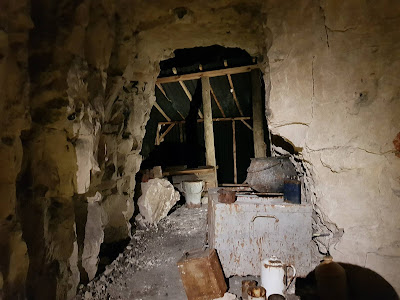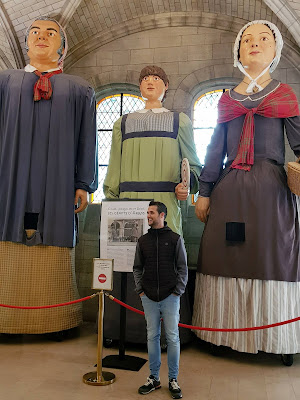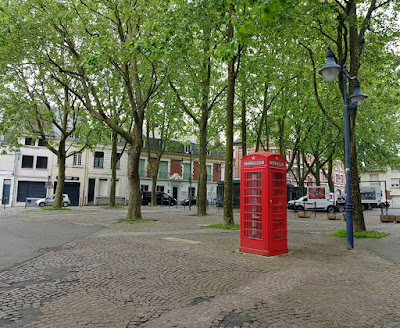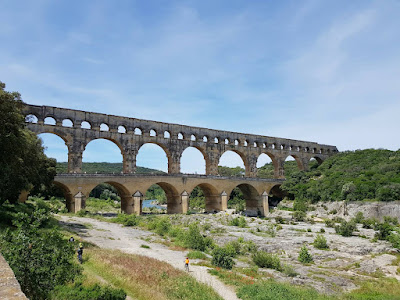The tour group, about a dozen of us, is first briefed on safety and then issued with a First World War soldier’s helmet for protection.
The guide explains, in English and French, that the tunnels started as separate limestone quarries from the Middle Ages onwards. By the outbreak of war in 1914 they covered a vast area in 25 separate locations.
Early on the war had reached stalemate, with allied trenches facing the Germans’ a few hundred yards apart. Each side looked for a breakthrough, and one method both used was to tunnel to lay charges under the opposition lines hoping to weaken the line enough to storm it with an assault over no-man’s land. This rarely worked, and thousands lost their lives to machine gun fire.
By September 1916 the British had discovered the existence of the quarries under Arras, some of which extended under the German lines. The idea was to join them up and mount a surprise attach behind enemy lines, our troops emerging from the old quarry workings to seize and hold enemy-occupied territory.
But could they be joined up? The New Zealand Tunnelling Company was tasked with the work, to be completed by April 1917 to support a general attack that was being planned. The New Zealanders completed the work on time, digging an amazing 6 miles of tunnel. The complex was named Carriere Wellington (Wellington Quarry), after Wellington, the capital city of New Zealand, as recognition of their herculean achievement.
We’ll follow the tour now and see how the joined up tunnel system was used as we proceed. This photo shows the group just into the tunnels, duly helmeted. The guide has stopped, back to the wall, to point out relevant features. Here, the roof is higher due to old quarrying.
She indicates ventilation shafts, and some rusty worktools
that were found.
The Tommies sat behind the tools are projected on the wall to remind us what the tunnels were created for – the surprise attack.
There are recreated bunk beds, cooking and toilet
facilities, examples of which are shown below. Thankfully, they have not attempted
to recreate the smell of the 24,000 troops living down here if only for a short
time before the attack.
At dawn on 9th April 1917, the 24,000 troops sallied forth and the battle began. Unfortunately, the planned supporting attacks on other parts of the line were delayed and the action fizzled out, with punitive loss of life on both sides. Arras carried on as a front line bastion until the end of the war when Grandpa Sanders returned to Wales and used his saddlery skills to set up a shoe repair shop.
It’s impossible to appreciate the
trauma soldiers experience in war, and the First World War would have been one
of the worst for creating nightmare scenarios that only other Tommies who
fought could appreciate. But visiting the tunnels and other scenes of combat
allow us to reflect on what they went through and the sacrifices they made to
enable us to enjoy the comfortable lifestyle we have today.



















